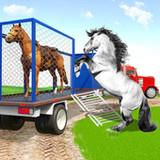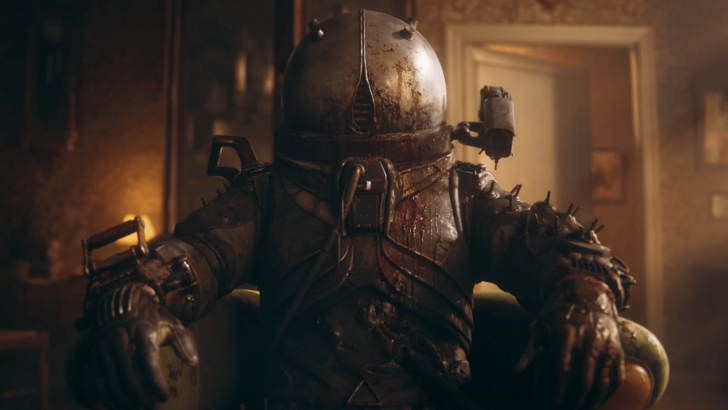In 1947, The Walt Disney Company faced a dire financial situation, burdened by a $4 million debt following the disappointing box office performances of Pinocchio, Fantasia, and Bambi, exacerbated by the impacts of World War II. However, the enchanting story of Cinderella and her iconic glass slippers played a pivotal role in reviving the studio, preventing Disney from concluding its animation journey prematurely. As we celebrate the 75th anniversary of Cinderella's wide release on March 4, we reflect on how this timeless tale not only saved Disney but also resonated with a world in need of hope and inspiration post-war.
The Right Film at the Right Time --------------------------------To understand the significance of Cinderella, we must look back at Disney's earlier successes and challenges. The phenomenal success of Snow White and the Seven Dwarfs in 1937 provided Disney with the resources to establish its Burbank studio and paved the way for more ambitious projects. However, the subsequent films like Pinocchio, which cost $2.6 million and lost $1 million despite critical acclaim, along with Fantasia and Bambi, struggled due to the European market's collapse during World War II.
Eric Goldberg, co-director of Pocahontas and lead animator on Aladdin’s Genie, explained, “Disney's European markets dried up during the war and the films weren’t being shown there, so releases like Pinocchio and Bambi did not do well. The studio was then redirected to produce training and propaganda films for the U.S. government, and later, they produced Package Films like Make Mine Music and Melody Time, which were good but lacked a cohesive narrative.”
 Package Films were compilations of short cartoons intended to fill the void left by the absence of feature-length stories. Between Bambi in 1942 and Cinderella in 1950, Disney produced six such films, including Saludos Amigos and The Three Caballeros, which were part of the U.S.'s Good Neighbor Policy aimed at countering Nazi influence in South America. These films managed to break even and slightly reduce Disney's debt, but they couldn't replace the impact of a true feature-length animated story.
Package Films were compilations of short cartoons intended to fill the void left by the absence of feature-length stories. Between Bambi in 1942 and Cinderella in 1950, Disney produced six such films, including Saludos Amigos and The Three Caballeros, which were part of the U.S.'s Good Neighbor Policy aimed at countering Nazi influence in South America. These films managed to break even and slightly reduce Disney's debt, but they couldn't replace the impact of a true feature-length animated story.
Walt Disney's determination to return to feature films was evident when he stated in 1956, via "The Animated Man: A Life of Walt Disney" by Michael Barrier, "I wanted to get back into the feature field... But it was a matter of investment and time. Now, to take and do a good cartoon feature takes a lot of time and a lot of money. But I wanted to get back. And my brother [Disney CEO Roy O. Disney] and I had quite a screamer… It was one of my big upsets… I said we’re going to either go forward, we’re going to get back in business, or I say let’s liquidate or let’s sell out."
Facing the possibility of selling his shares and leaving the company, Walt and Roy Disney decided to take a risk and invest in Cinderella, the studio's first major animated feature since Bambi. This decision was crucial, as failure could have meant the end of Disney's animation studio.
Tori Cranner, Art Collections Manager at Walt Disney Animation Research Library, highlighted the significance of Cinderella's timing: "Walt was very good at reflecting the times, and I think he recognized what America needed after the war was hope and joy... Cinderella was the right choice for that moment in time."
Cinderella and Disney’s Rags to Riches Tale
Walt Disney's connection to Cinderella dates back to 1922 when he created a Cinderella short for Laugh-O-Gram Studios. This early work, inspired by Charles Perrault’s 1697 version of the tale, showcased Walt's fascination with stories of transformation and resilience. Despite the financial struggles of Laugh-O-Gram, the Cinderella story remained a touchstone for Walt.
 Walt Disney described the difference between Snow White and Cinderella, saying, "Snow White was a kind and simple little girl who believed in wishing and waiting for her Prince Charming to come along. On the other hand, Cinderella here was more practical. She believed in dreams all right, but she also believed in doing something about them. When Prince Charming didn’t happen to come along, she went right over to the palace and got him."
Walt Disney described the difference between Snow White and Cinderella, saying, "Snow White was a kind and simple little girl who believed in wishing and waiting for her Prince Charming to come along. On the other hand, Cinderella here was more practical. She believed in dreams all right, but she also believed in doing something about them. When Prince Charming didn’t happen to come along, she went right over to the palace and got him."
Cinderella's character, with her unbreakable spirit despite adversity, resonated deeply with Walt's own journey from humble beginnings to success. The project, initially considered for a Silly Symphony short in 1933, evolved over a decade into a feature film due to the war and other challenges. This extended development period allowed for the creation of a film that not only entertained but also connected with audiences worldwide.
Eric Goldberg praised Disney's ability to modernize classic tales: "Disney was so good at taking these fairytales that had been around for many, many years and putting his own spin on it. This meant he brought his taste, entertainment sense, heart, and passion into it so people came to care about the characters and story unfolding even more than in the original stories themselves."
The addition of animal friends like Jaq, Gus, and the birds, along with the humorous yet menacing Lucifer the cat, provided comic relief and depth to Cinderella's character. The Fairy Godmother, reimagined as a more relatable, bumbling figure by animator Milt Kahl, added warmth and charm to the story. The iconic transformation scene, where Cinderella's belief in her dream manifests into magical change, remains a highlight of Disney animation, meticulously crafted by Disney Legends Marc Davis and George Rowley.
Thanks so much for all your questions about Cinderella! Before we sign off, enjoy this pencil test footage of original animation drawings of the transformation scene, animated by Marc Davis and George Rowley. Thanks for joining us! #AskDisneyAnimation pic.twitter.com/2LquCBHX6F
— Disney Animation (@DisneyAnimation) February 15, 2020
Tori Cranner marveled at the transformation scene: "First of all, you have to remember that every single one of those sparkles was hand-drawn on every frame and then hand-painted, which just blows my mind... But there's also a part of it that’s so subtle, as there is a perfect moment in the middle of that transformation where all of the stardust and the magic holds for just a fraction of a second before it all falls in and her dress changes. I really think that that's part of what makes that scene so magical."
Another unique Disney addition was the breaking of one glass slipper at the film's climax, symbolizing Cinderella's agency and strength. Eric Goldberg noted, "I think something that a lot of people overlook is that Cinderella is not a cipher... When the stepmother causes the glass slipper to break, Cinderella has the solution to it by presenting the other one she had been holding on to. It’s such a powerful moment and a clever story thing to show how strong and in control she actually is."
Cinderella premiered in Boston on February 15, 1950, and had its wide release on March 4, earning $7 million on a $2.2 million budget, becoming the sixth-highest grossing film of 1950 and earning three Academy Award nominations. Eric Goldberg reflected on its impact: "When Cinderella came out, all the critics went, ‘Oh, this is great! Walt Disney's back on track again!’ It was hugely successful for them because he was back doing narrative features like Snow White and people just loved it... They loved the Package Films and the work they did during the troubled times of the war, but this is what the studio was built for."
Following Cinderella, Disney produced a series of beloved films like Peter Pan, Lady and the Tramp, Sleeping Beauty, 101 Dalmatians, and The Jungle Book, all of which owe their existence to the success of Cinderella.
75 Years Later, Cinderella’s Magic Lives On
Today, Cinderella's influence is evident throughout Disney parks and films. Her castle inspires the iconic structures at Walt Disney World and Tokyo Disneyland, and her legacy is celebrated in modern films like Frozen, where the dress transformation scene pays homage to Cinderella's magic.
 Becky Bresee, lead animator on Frozen 2 and Wish, shared, "When we were doing Elsa’s dress transformation moment in Frozen, which I animated along with effects artist Dan Lund, co-director Jennifer Lee wanted it to have a direct connection to Cinderella. Cinderella’s legacy can especially be seen in the sparkles and all the effects surrounding Elsa’s dress, and although she is a much different character, there are so many moments and things we bring forward to honor the impact of Cinderella and other movies that came before."
Becky Bresee, lead animator on Frozen 2 and Wish, shared, "When we were doing Elsa’s dress transformation moment in Frozen, which I animated along with effects artist Dan Lund, co-director Jennifer Lee wanted it to have a direct connection to Cinderella. Cinderella’s legacy can especially be seen in the sparkles and all the effects surrounding Elsa’s dress, and although she is a much different character, there are so many moments and things we bring forward to honor the impact of Cinderella and other movies that came before."
The contributions of the Nine Old Men and Mary Blair further enriched Cinderella, giving it a distinctive style and character depth. Eric Goldberg encapsulated the film's enduring message: "I think the big thing about Cinderella is hope... It gives people hope that things will work out when you have perseverance and when you are a strong person. I think that's its biggest message… is that hope can actually be realized and dreams can come true, no matter what time you are living in."
 Home
Home  Navigation
Navigation






 Latest Articles
Latest Articles
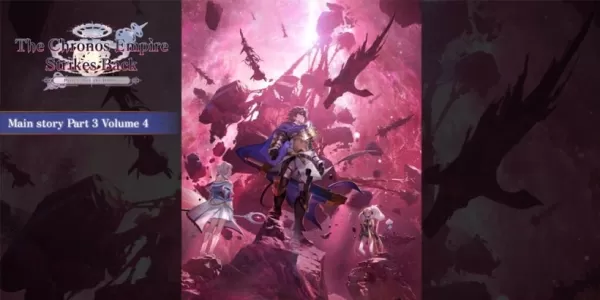


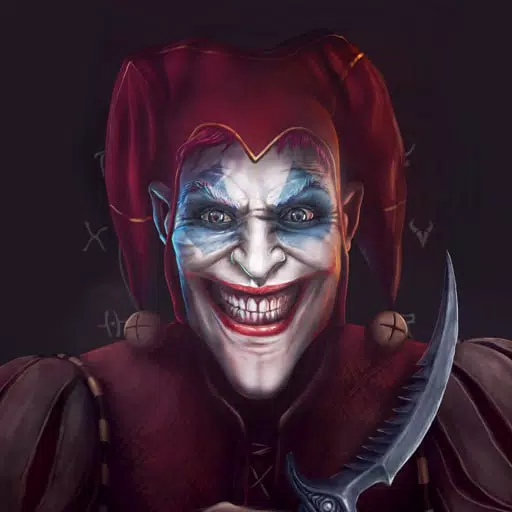

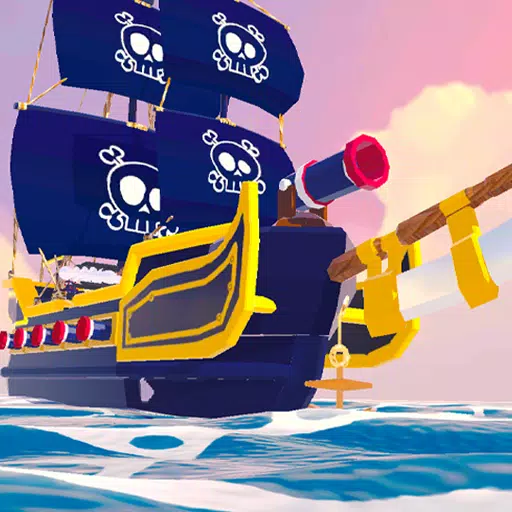
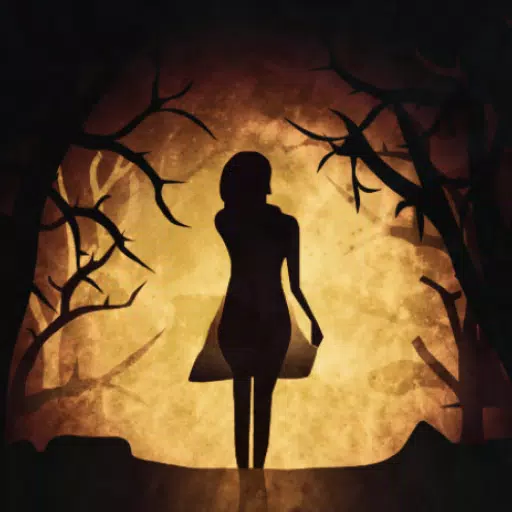
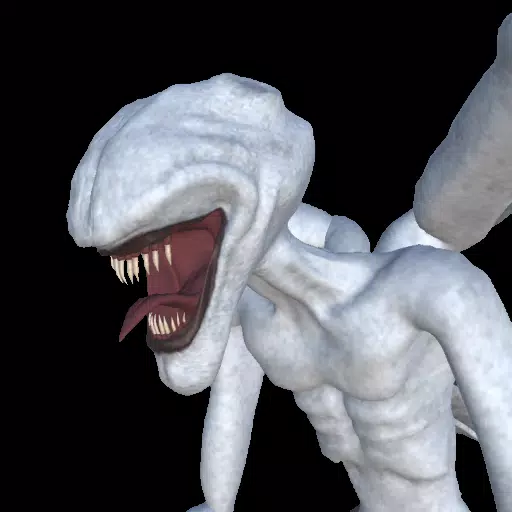

 Latest Games
Latest Games







